If you are reading this, you must be well aware about the basics of Anchor, anchoring system and procedures.
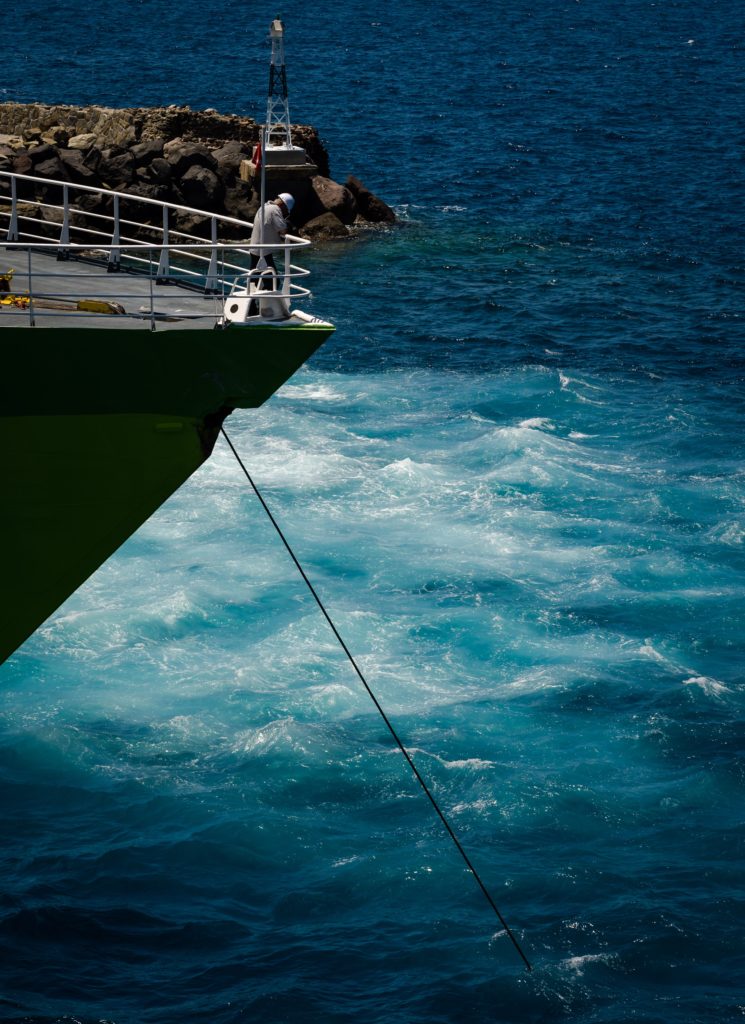
Anchoring a ship is an intricate business. It requires thoughtful planning for proper execution.
There are various factors which influence the anchoring process.
The factors can either be internal factors like the speed and the manouvering characteristics of the vessel, the anchoring method chosen etc.
While there are some external factors like the weather conditions, the nature of the seabed, depth etc.
Properly anchoring the ship is as important as sailing it properly.
When a vessel is properly anchored at a safe place with the anchor properly holding the ground, the safety of the vessel is enhanced.
While on the other hand, if the vessel is anchored at a place which has foul ground or any place which is not a good holding ground, it attracts many dangers.
A sailor with the knowledge of the sea can add great value in anchoring manouvers.
While a polished sailor might not even need to do too much research while finding the right seabed for anchoring.
That is the advantage of being well-versed in anchoring system and procedures.
Most of us usually come across ships while they are sailing. But there are plenty of conditions in which a ship needs to be anchored.
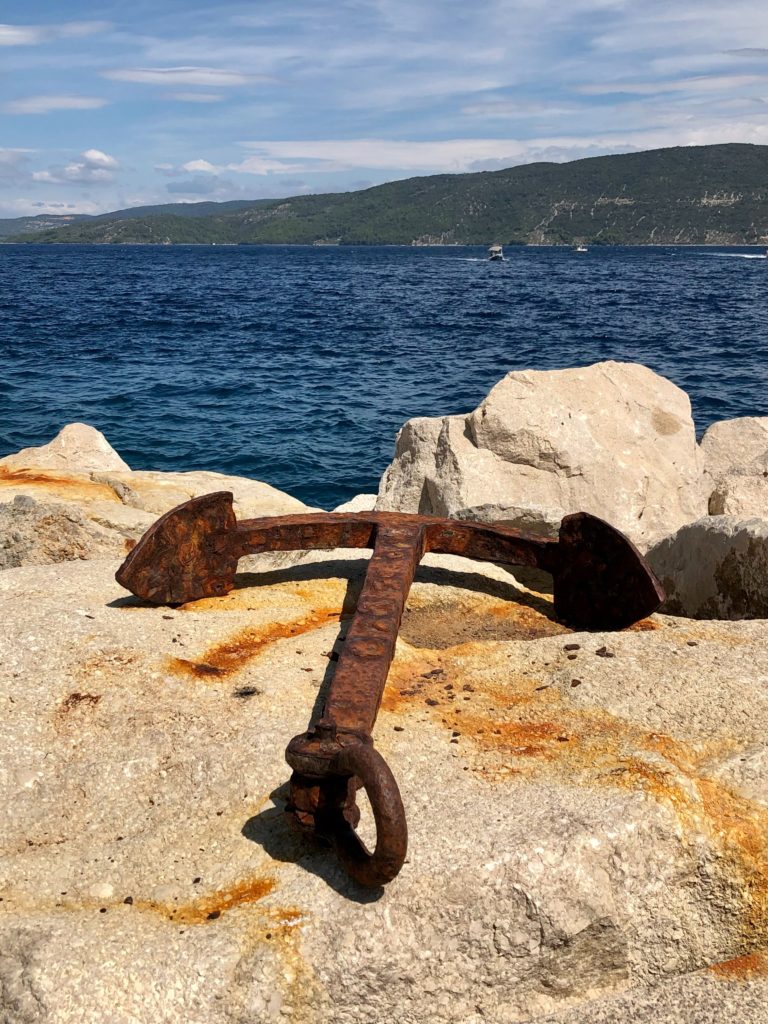
Some of the reasons may include crew change, awaiting in or out of port limits for the operations, port clearance etc.
A ship could be anchored on the shore, outer port limits or anywhere else in the sea depending on the situation.
An anchor can, however, not be dropped in the middle of the sea. The reason being the depth of the sea.
The huge depth of the sea in the middle makes it practically impossible to drop anchors.
However, specialised use of anchors can help manipulate the speed of the vessel as required.
The ones who have never sailed have a conventional picture of anchor in mind.
However, it goes way beyond a single anchor. Massive ships use the stockless anchor.
The weight of a single massive anchor can be upto several tons. Because bigger ships more holding power and thus stronger anchor.
These anchors are so huge that various kinds of equipment are used to help them land safely.
The entire procedure of anchoring requires the complete anchoring apparatus to work in coordination.
Table of contents: Anchoring system and procedures
- Parts of an anchor and anchoring system
- Anchoring methods
- Checks to do before anchoring
- Awareness of the weather conditions
- Depths of water
Parts of Anchor
The anchor is divided into various parts which are named and described below-
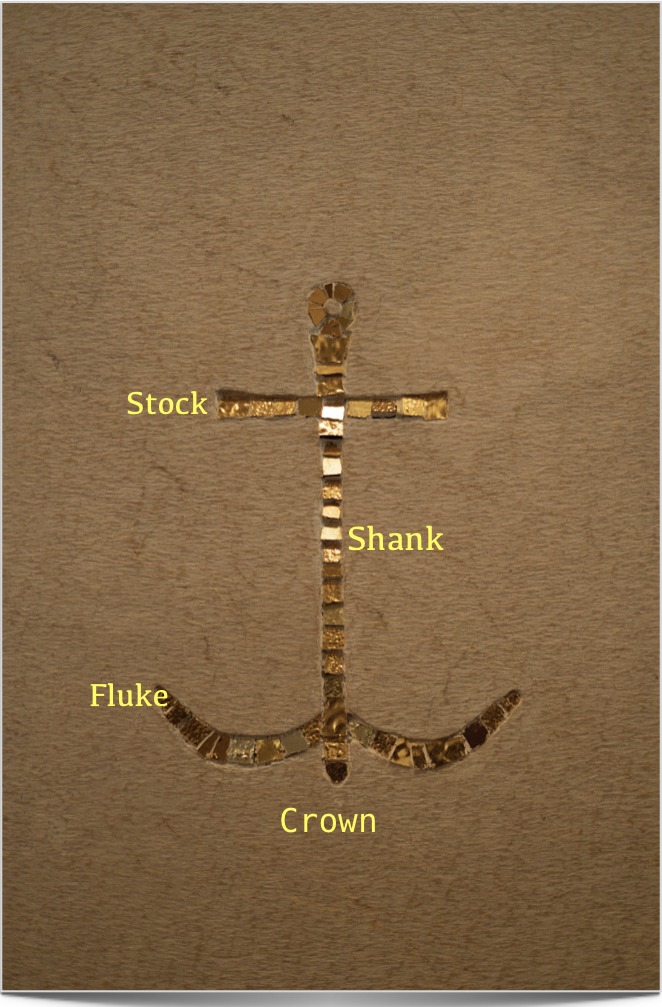
The apparatus contains many anchoring elements. Some of them are:
The shank
The shank is the perpendicular portion of the anchor that falls directly into the sea.
This part is important to offer a firm grounding to the anchor.
The weight thrust by the shank settles the anchor in place without much disturbance.
The crown
The crown brings various parts of the anchor together as a functional unit. It is the lowermost part of the anchor.
It makes the anchoring maneuvers simpler to implement.
The crown helps the anchor rotate in the best direction to settle in the right anchoring spot.
The flukes
Think of them as the arms of an anchor. Well, that is the exact role the flukes play.
The flukes bury themselves into the seabed to provide firm anchoring to the ship.
The flukes are connected to the shoulders at their base which makes the entire movement much smoother.
The above-mentioned parts make up an anchor. But complete anchoring procedures include much more.
Anchoring is a meticulous procedure, every step of which is looked over by the mariner.
Even slight discrepancies in the process can land the ship in the wrong spot.
To ensure proper anchoring of a ship, modern anchors are being used these days.
These anchors come with complete apparatus that help with employing and monitoring the anchoring systems.
Let’s have a look at the anchoring facilities on the ship that make that give shape to the entire process.
Anchor windlass
This part is responsible for managing the movements of the anchor chain.
Whether the anchor needs to be thrown into the seabed or winded upwards, the anchor windlass ensures the process.
Hawse pipe
The hawse pipe is the sole passage in which the anchor chain movements occur.
This passageway makes the anchor chain reach the anchor so that it can be dropped into the sea at the given time.
The hawse pipe opening also holds and secures the anchor.
In addition to that, the hawse pipe has facilities to clean the dirt and dust on the anchor and the chain.
Chain locker
Just as the hawse pipe holds the anchor, the chain locker stores the anchor chain.
Once the anchoring operations are done, the chain needs to be stored safely and this is where a chain locker comes into the picture.
Brake wheel
The anchor chain needs to be lowered depending on the anchoring situation.
The brake wheel allows a mariner to control that operation accordingly.
The entire picture of anchoring maneuvers goes way beyond the above-mentioned parts of the anchoring system.
The entire operation is extremely meticulous and takes various factors into account.
However, the equipment discussed above serves as a good starting point to understand the anchoring intricacies.
Anchoring Methods : Anchoring system and procedures
Now let’s dive a little deeper and understand how the anchors are dropped into the seabed.
The process to be followed depends on the weight of the vessel to a great extent. Primarily two methods are followed for this operation.
Let go method
This method relies primarily on the power of gravity for the anchor chain to slip downwards. Not completely, however.
Depending on the depth of the water, first the anchor is lowered with help of motor. Then the gear is disengaged and anchor is let go with the gravity.
This method is preferred when the depth of the water is not much, or when the weather is not so good.
Because when the weather is bad, and the anchor is lowered with help of motor. Then there is excessive load on the motor of the windlass.
The mariner has to ensure that all the factors are acting in a controlled manner so that the anchor lands properly.
The let-go method is suitable for smaller vessels, yachts, etc.
Walk back method
For colossal vessels, anchoring balance is very crucial to achieve.
The let-go method is not efficient enough for large vessels. Vessels above 100000 gross tonnages employ the walk back method for anchoring.
This method leverages the power of windlass to let the anchor chain drop the anchor into the sea.
Factors like the speed of the anchor are to be meticulously monitored to achieve the desired results.
Despite having all the equipment in place, a high level of situational awareness is a must.
That is because there are multiple factors at play while employing the anchoring operations.
Here are a few points to elaborate on:
Anchoring system and procedures are affected by the weather conditions
A mariner needs to be aware of the repercussions of weather conditions on the anchoring procedure.
A harsh climate can make the operation tougher. An important point to take note of is that the direction of the wind is very important while employing anchoring procedures.
The ship needs to follow the sea current for proper anchorage. The sea current drags the anchor chain in a horizontal direction giving firm anchorage to the ship.
Anchoring system and procedures are influenced by the seabed.
Various variables and external factors affect the duration and area of anchoring operations.
The type of seabed matters the most when anchoring. It is preferable to have muddy ground for anchoring.
It should be noted that the anchoring floor is free of obstacles like rocks, pipelines, etc. underneath.
By keeping this factor in check, proper anchorage can be ensured.
So, as you can see, the entire anchoring facility is a combination of various elements and maneuvers.
The anchoring operation is a meticulous arrangement that needs a great deal of attention.
The anchor chain is one of the most crucial parts of the entire operation.
While the anchor holds the ground for the sea, the anchor chain ensures smooth movements without letting the ship drift away.
Checks to do before anchoring
It is pertinent to make sure that everything is under control before anchoring.
It is important to understand that even if a single element goes haywire then it can cause big losses.
Needless to mention, this leaves the vessel at risk of collision and damage.
Therefore the speed of the vessel must be suitable for the anchoring.
Seabed must be checked if it a good holding ground or not.
Duration of the expected anchorage of the vessel should also be kept in mind.
There should not be any underwater obstructions at anchoring position, which might cause a hazard to the vessel or the anchor itself.
Therefore, doing certain checks is important to avoid such risks. Some of these are:
Following safety procedures
The mariners responsible for the anchoring system and procedures must ensure their safety first.
They must wear protection kits if needed. Once that is done, it is of utmost importance to find a safe anchorage.
The anchorage must lie within the territorial limits.
Ensure proper working of the anchoring apparatus
Regular maintenance of the anchoring apparatus is a must.
Before starting the seafaring venture, it is important to ensure that the apparatus is perfectly working.
The most important thing in the anchoring system and procedures is that the anchor and the anchor chain must be cleaned properly and regularly to avoid any encounter with dirt.
The hawse pipe has the cleaning systems in place for the anchor and the anchor chain.
Awareness of the weather conditions
Since the weather condition can influence the anchoring operation greatly, it is important to be aware of the forecasts for the day.
The direction of the current is an important factor in determining the anchoring position.
So, a high situational awareness can mitigate any risks associated with anchoring.
Also read: The flammability diagram
Depth of water
This point certainly doesn’t need an explanation. The depth of water is a determining factor of the anchoring spot.
So, it is pertinent to make accurate measurements while determining the depth of water.
One of the most overlooked risks is the chance of the anchor cable getting twisted.
The cable can get piled up and completely twisted if not winded up properly.
To avoid getting the anchor chain twisted it is important to wind up the chain in a proper fashion.
The anchor cable is an inseparable element of the anchoring operation.
Therefore, protecting it is very important. To ensure that the mariner must choose a clear seabed for anchorage.
Any obstacle in the seabed can affect the anchor and can also break the anchor chain.
This article aims to explain the working of anchoring systems on the surface level.
The intricacies of it go way beyond explanation. But with a basic understanding, comprehension of anchoring system and procedures becomes way easier!
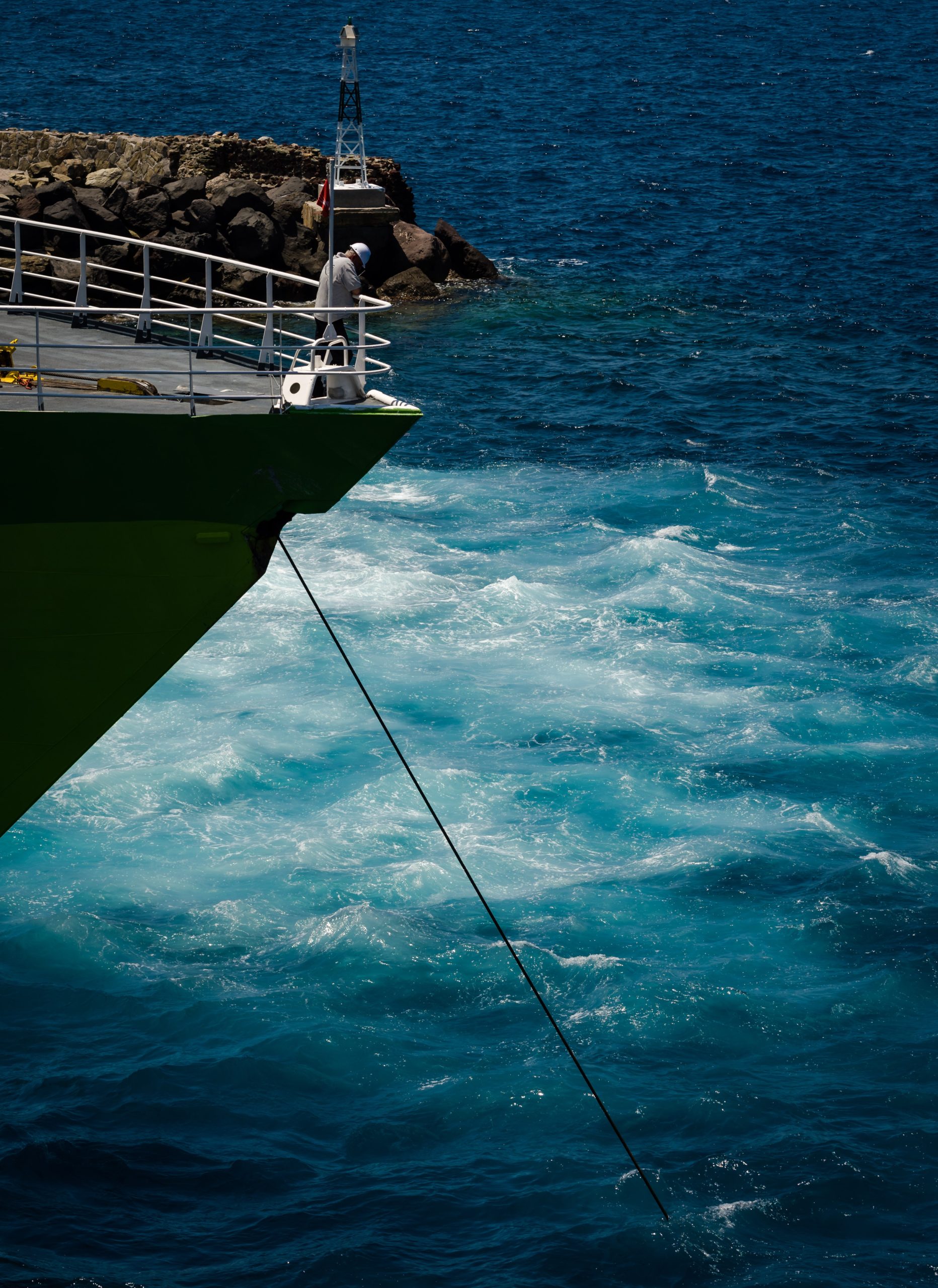
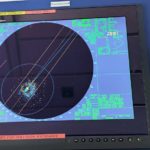
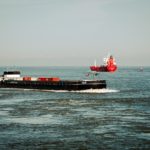
I am not sure where you’re getting your info, but good topic. I needs to spend some time learning much more or understanding more.
Thanks for excellent info I was looking for this information for my mission.